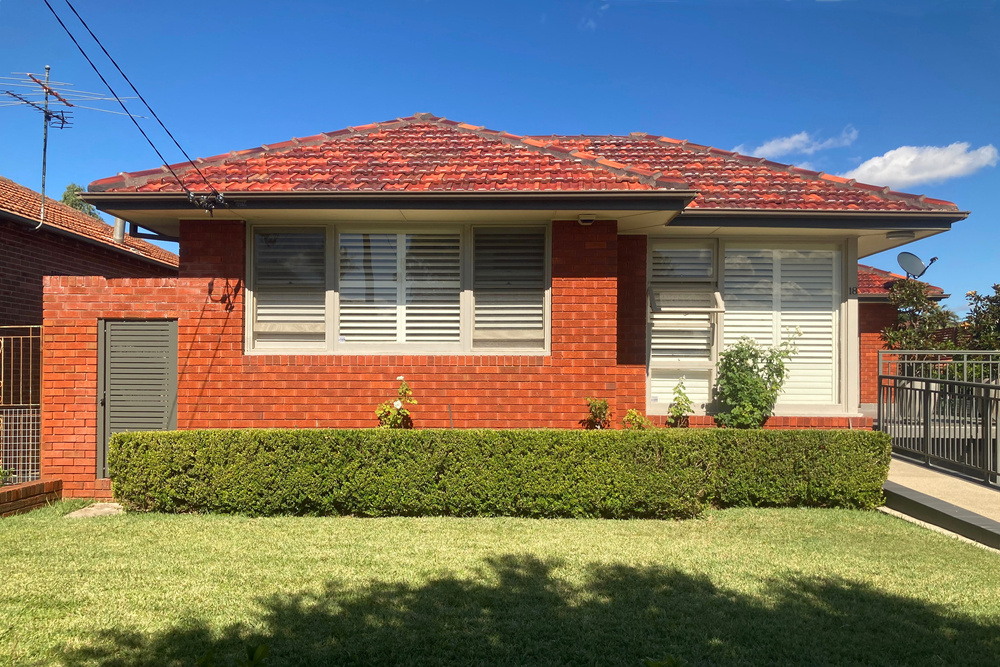
Sep
Installing Vents and Skylights
Getting ready for Summer? It might only be October but the heat is on (literally) with many thinking about installing vents in their roofs and adding skylights to save electricity and light up their homes naturally during the day.
In this post, we want to help you when it comes to installing vents and skylights to an already finished home - with examples of how vents and skylights help transform homes.
Shine the light with Skylights
A skylight can magically transform interior space with cascading light and are a popular option for bringing natural light into a home.
Until recently, roof slope was a determining factor in skylight installations. Roofs that were too flat or too steep required special installation techniques. However, most skylights these days include flashing kits and installation procedures that permit use on all types of slopes. But you may have to hire a structural engineer to look at the framing of your roof.
One thing homeowners need to consider is whether they have any clear attic space. Once you have an idea where you’d like to add a skylight, you need to check for any air conditioning, wiring, or plumbing in the way. Position and function are important aspects to look at. While it is lovely to be seated under a skylight, without the correct specification of glass you can get a greenhouse effect.
On another note, will a skylight suit the architectural style of your home? In many ways, a skylight is a neutral element that blends with most styles but it may affect the curb appeal of an older home.
Lastly, you need to consider ventilation or access. It is always wise, if possible, to have an opening skylight so that it can perform the function of not only allowing natural light in but also adding ventilation or access.
Unless you’re a highly skilled DIY-er, leave this job to the pros. Our Roo Roofing experts are experienced installers and can ensure your skylight is installed properly and the skylight itself doesn’t cause any leaks.
Let air out with vents!
If your roof cavity isn’t already well ventilated, then adding a roof ventilator may help to lower your air conditioning load in the summer and reduce the risk of moisture damage to your roof insulation and roof structure.
Roof ventilation is based around the idea of removing existing air in the roof space, which requires access to replacement air. There will always be a certain amount of “air leakage” into the roof space, e.g. if you look into a tiled roof you will see a certain amount of daylight though small (or sometimes quite big) gaps between the tiles/slates. However, although a certain amount of air is available via such openings – once you install a roof ventilator and start removing hot or moist air from the roof space – you will find that the restrictions in the incoming air will reduce the effectiveness of your roof ventilator dramatically.
Although there are many different types of roof vents to choose from, ensuring you have the right number of both intake and exhaust vents is a central part of roof design. Proper attic ventilation offers numerous advantages to the homeowner:
- As the ventilation helps moderate the temperatures in the attic, this will also help moderate the temperature in the rest of the home
- It helps prevent moisture build-up in your attic, which, during colder months, can help prevent condensation issues that can affect the materials in the attic space, particularly insulation.
- By preventing excess heat build-up, proper ventilation promotes energy efficiency in the home, so your heating costs may be lower
- It helps protect the life of the roofing materials
- It helps you remain compliant with most local building codes, which often require proper attic ventilation in homes
Before one of our Roo roofers get to work installing your roof vents, they will need to determine what type of vents your home needs (or which you prefer) and how many you require. To install a vent to an already installed roof we need to measure the entire space of the roof area and see what areas are available to install a vent into.
Thinking to install a skylight and/or vent? Contact us so we can help you.



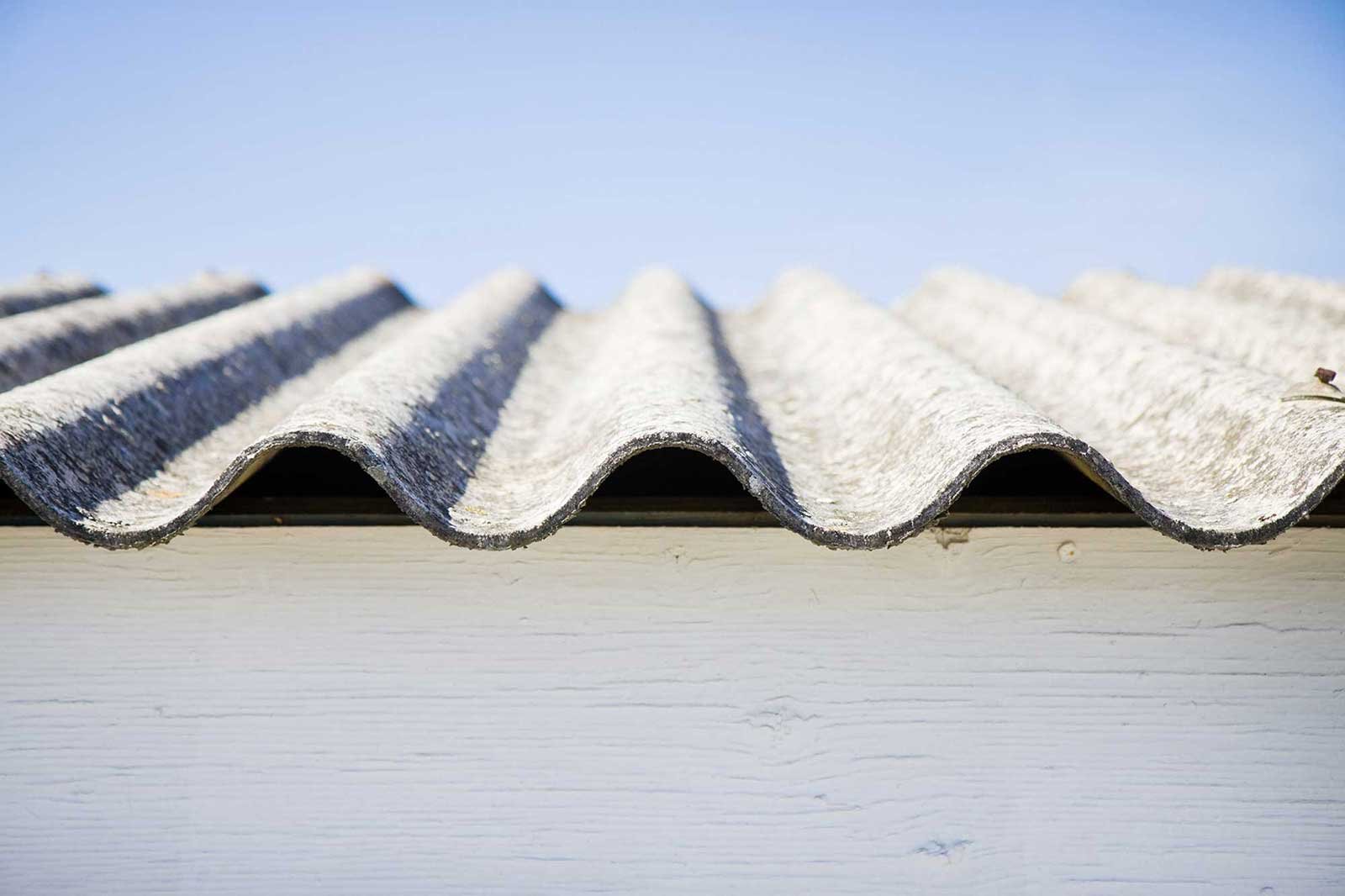





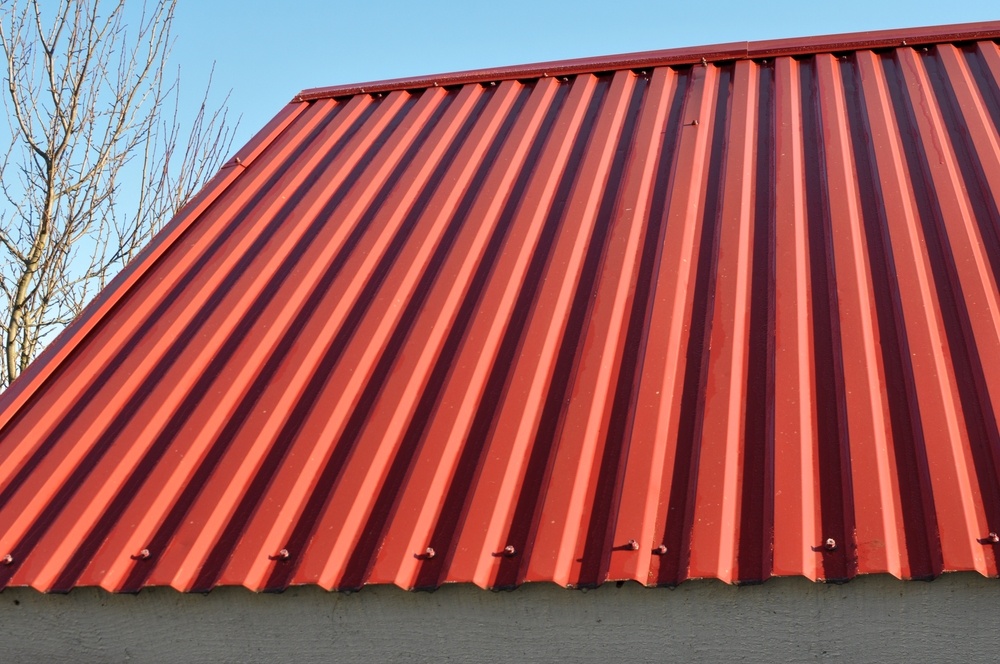
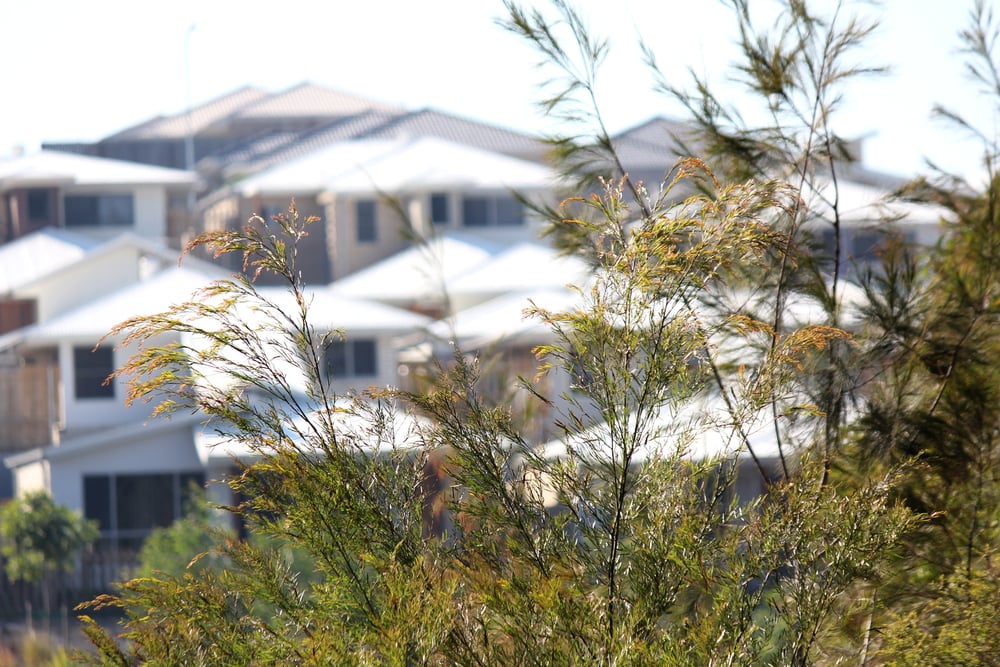

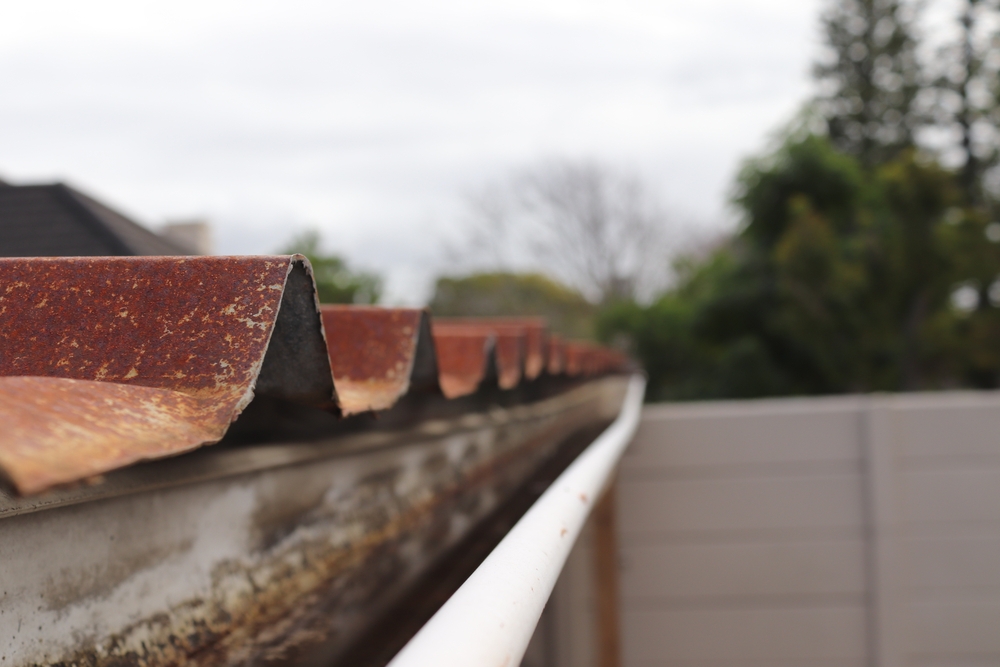
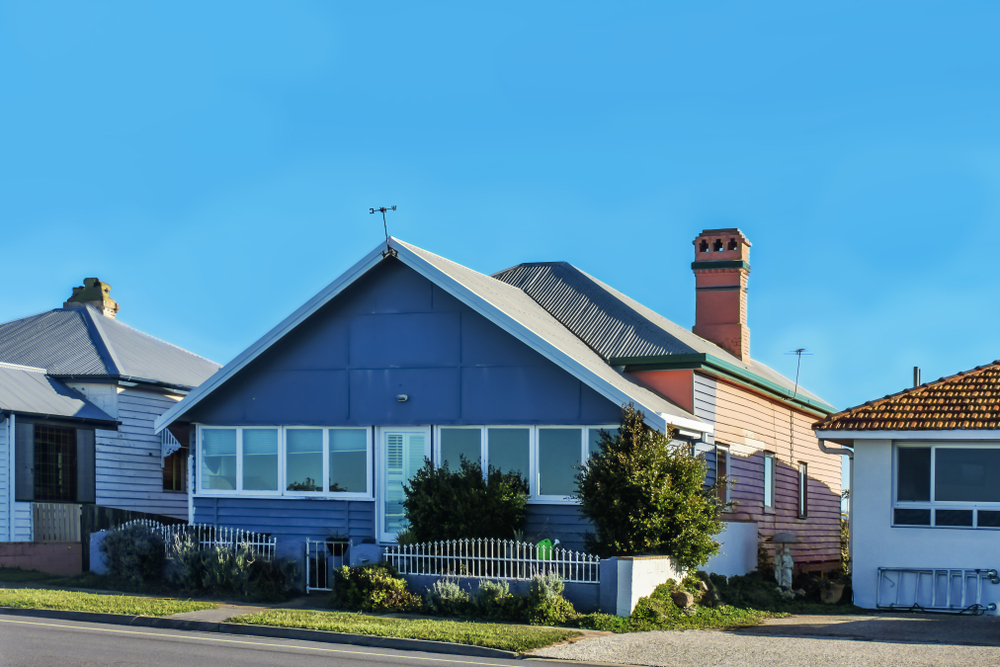
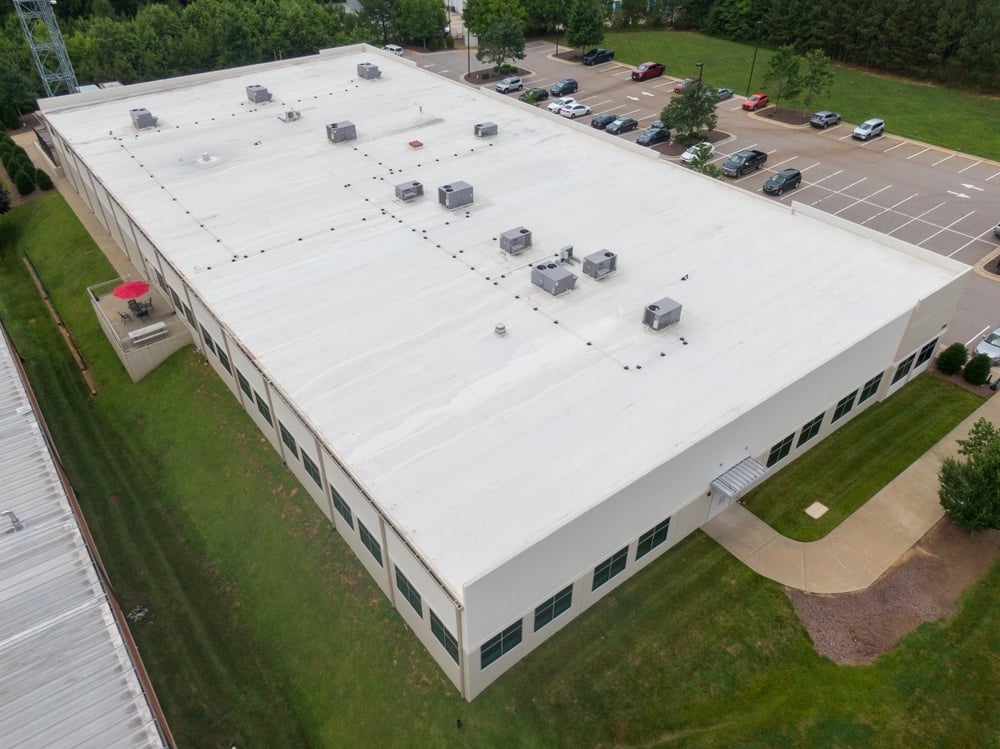
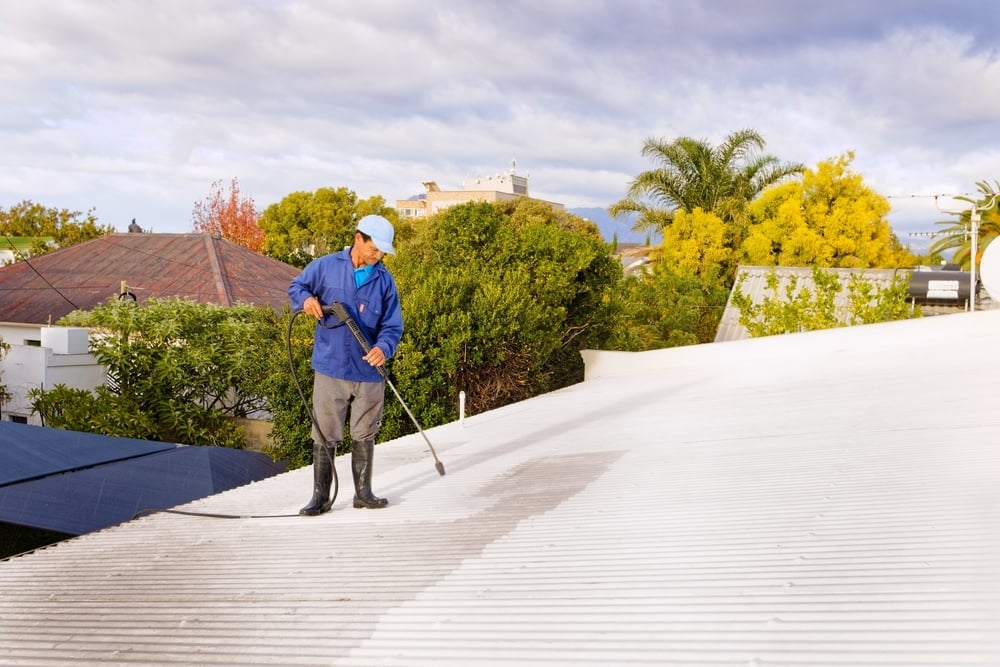
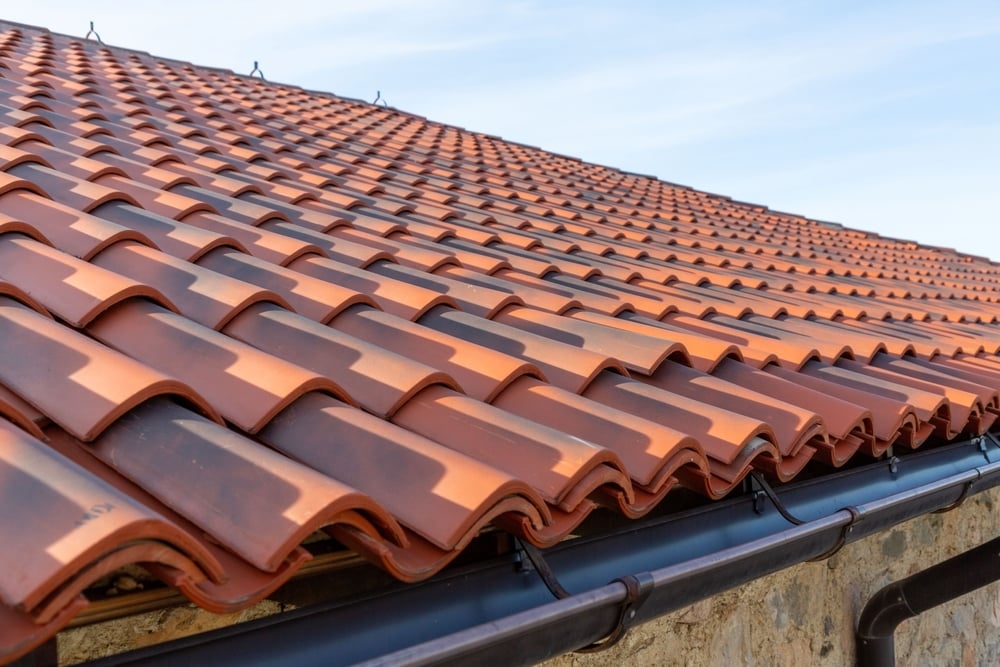
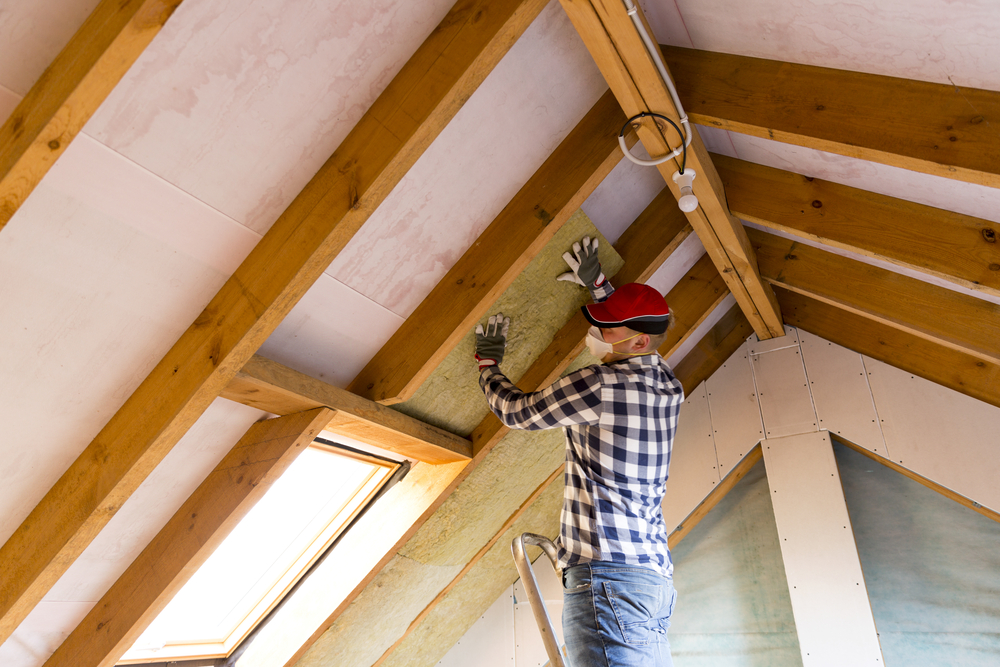
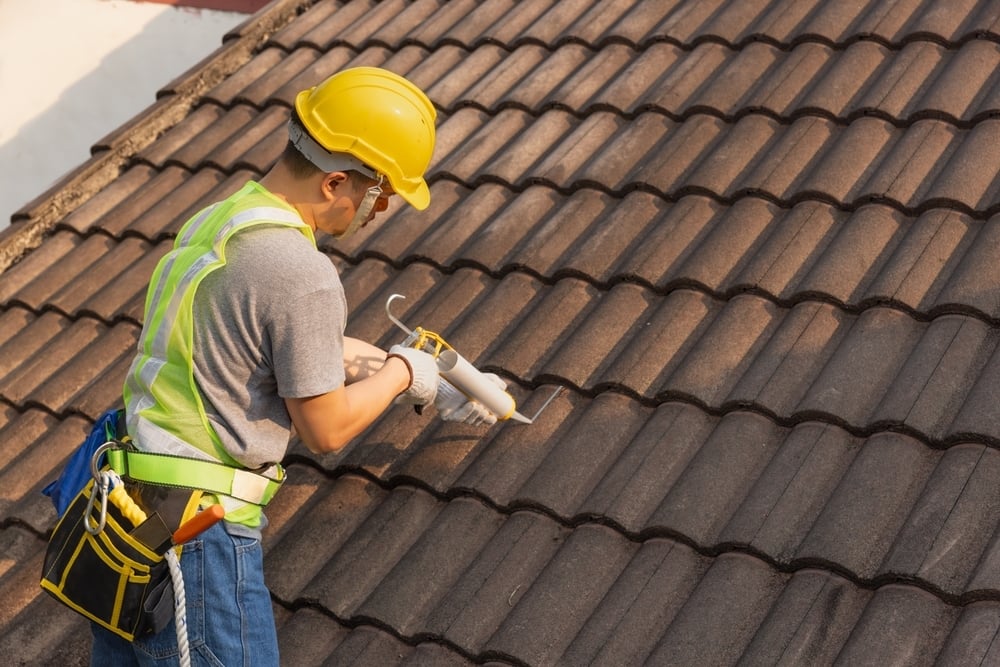
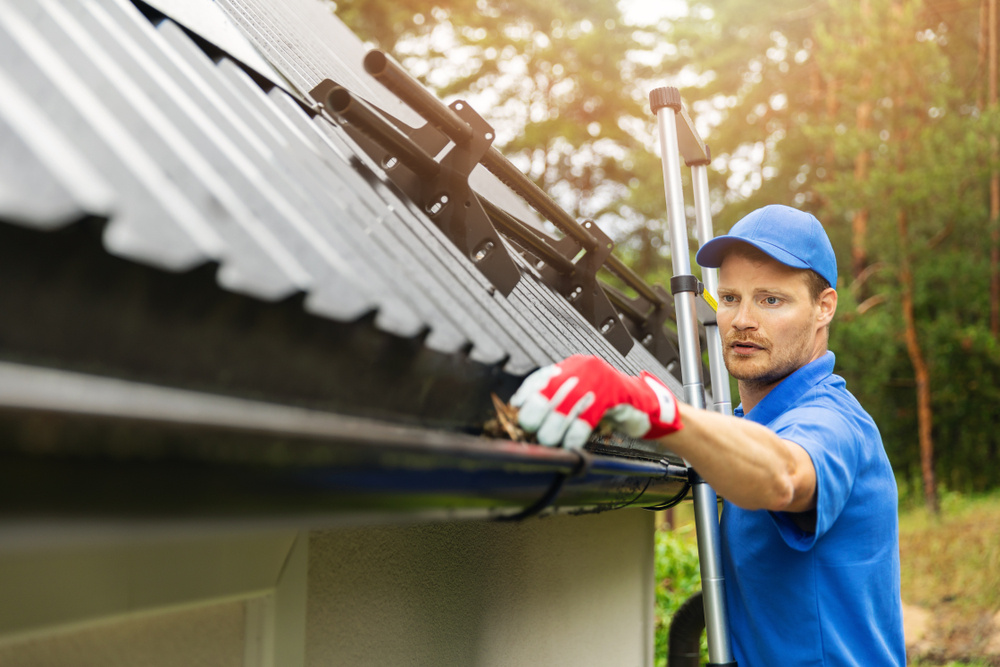

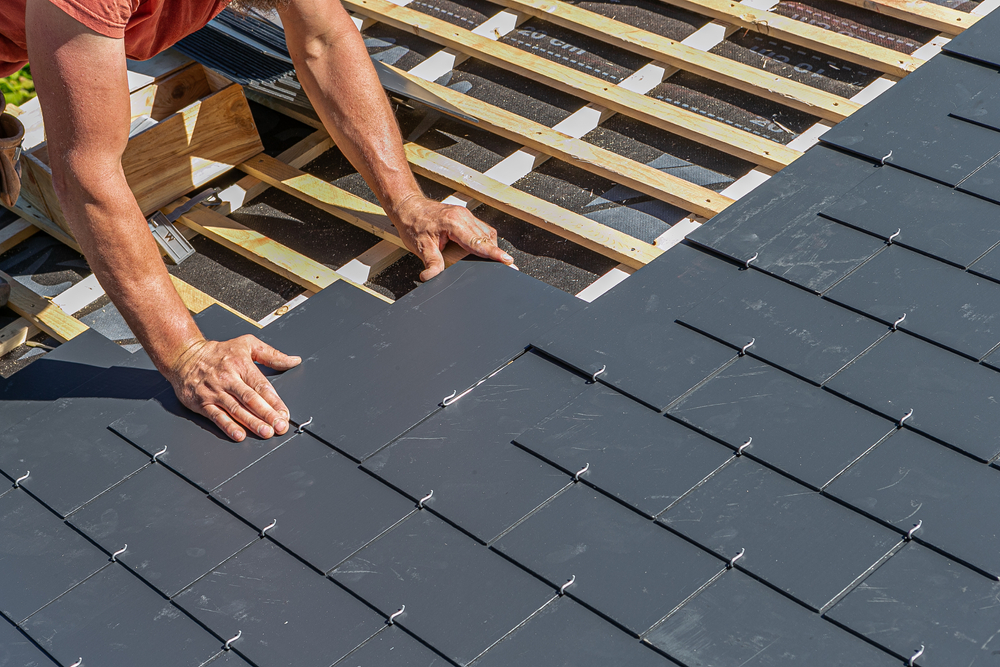
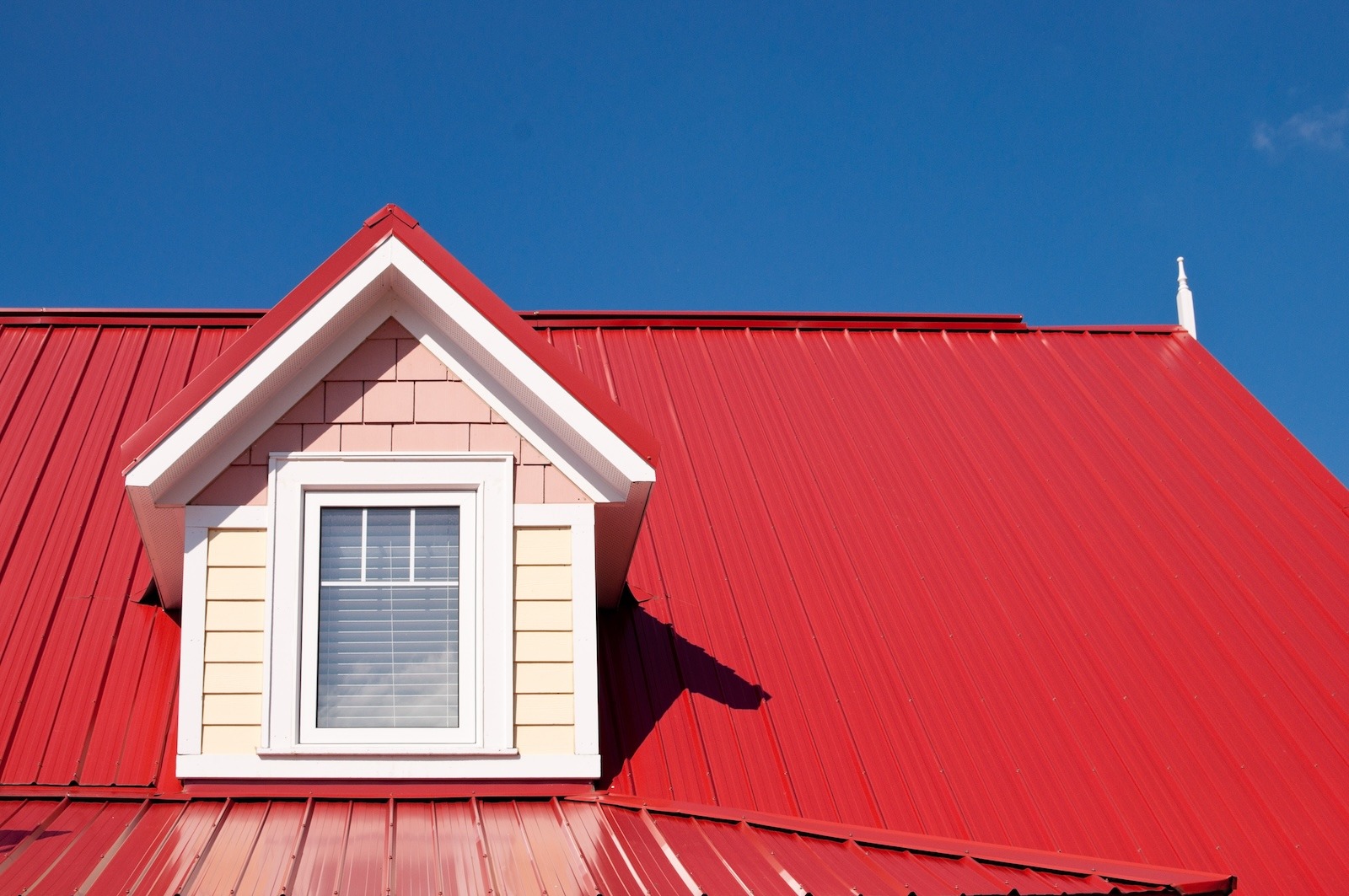
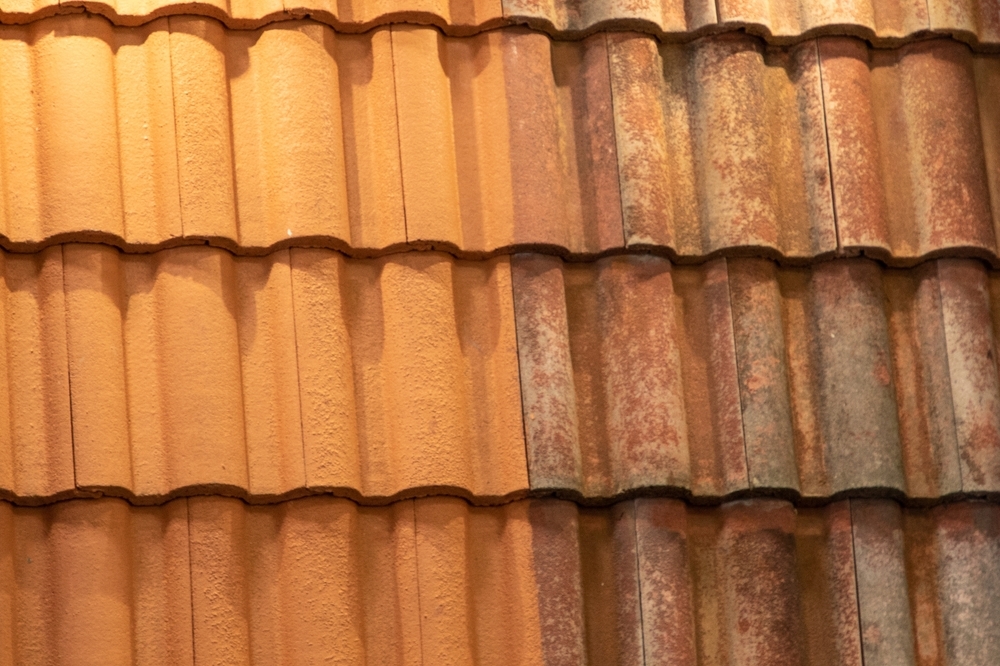
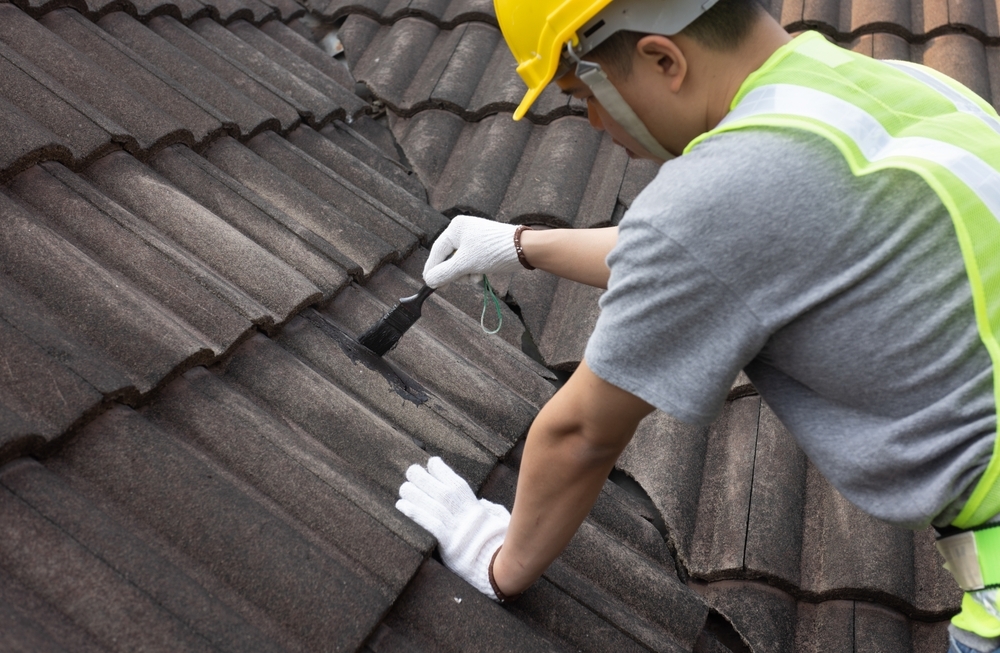
.jpg)
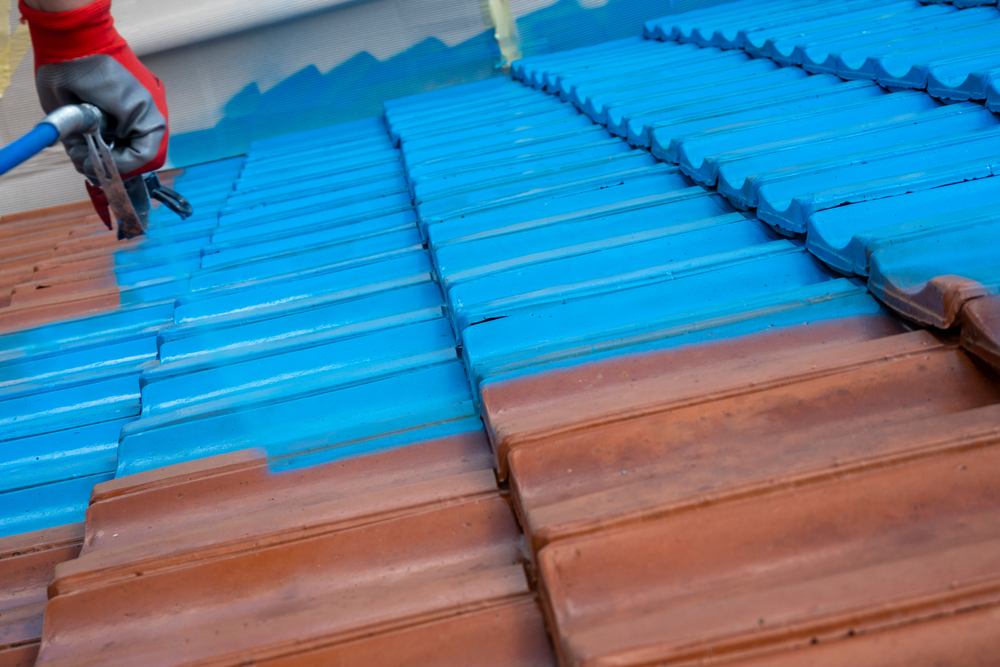
.jpg)
